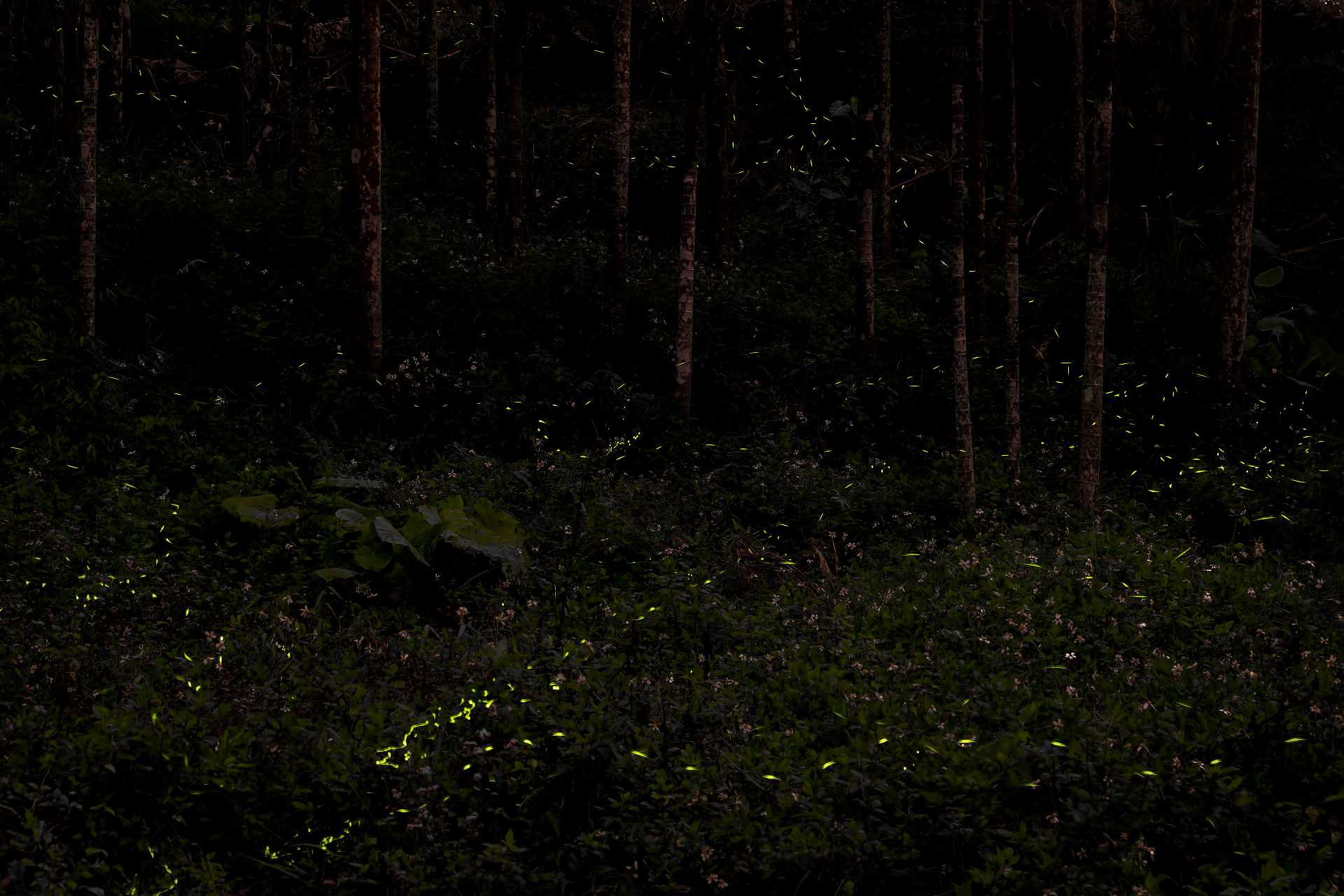Five hours on a disco bus (and 30 minutes of fireflies)
My half-day tour to the Namasia mountains…
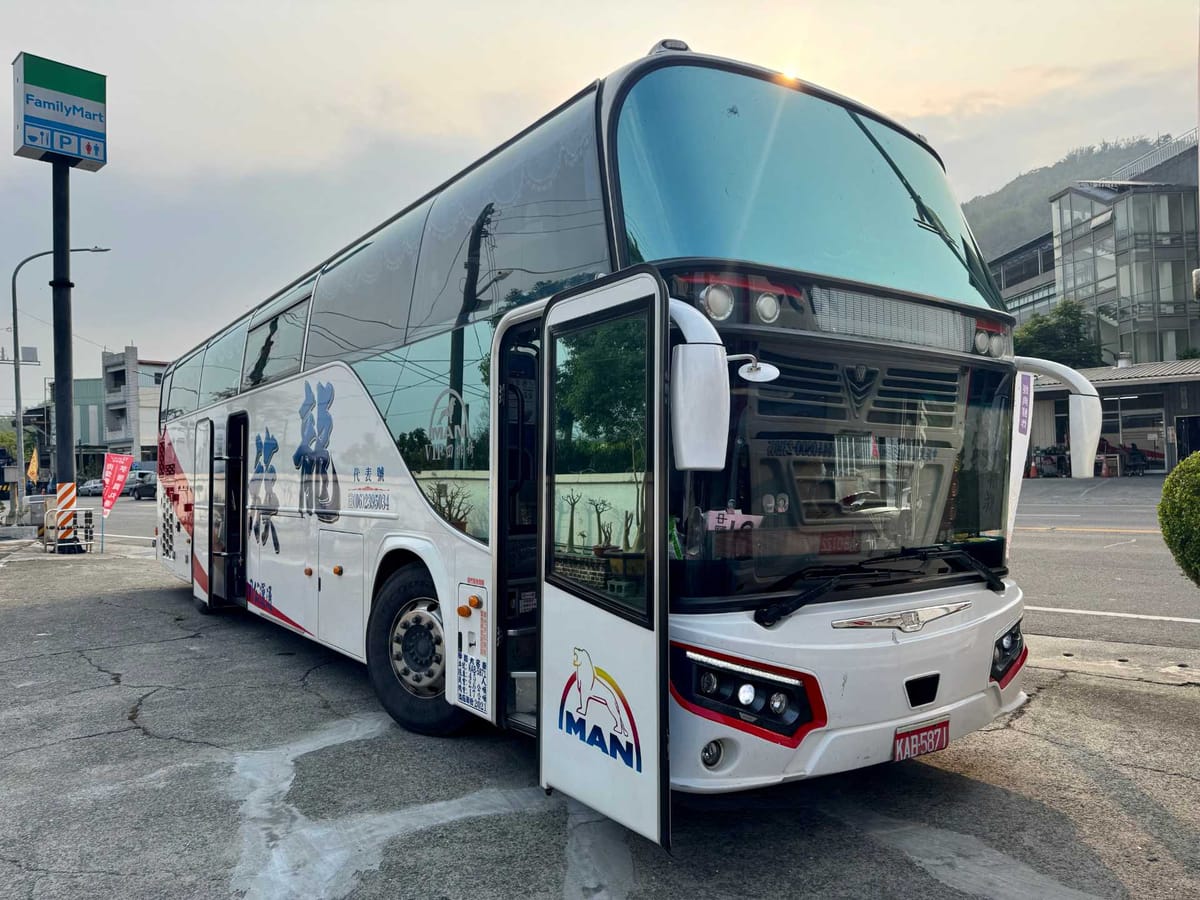
This past weekend, a friend invited me on an organized tour to see fireflies in the Namasia mountains of Kaohsiung.
I hadn’t seen fireflies before, nor the inside of a Taiwanese tour bus. Both experiences, as it turned out, were illuminating.
We met mid-afternoon at the Zuoying High Speed Rail Station, a 30-minute scooter ride from my apartment. It was a four-day weekend (for the Tomb Sweeping Festival), so the station was packed.
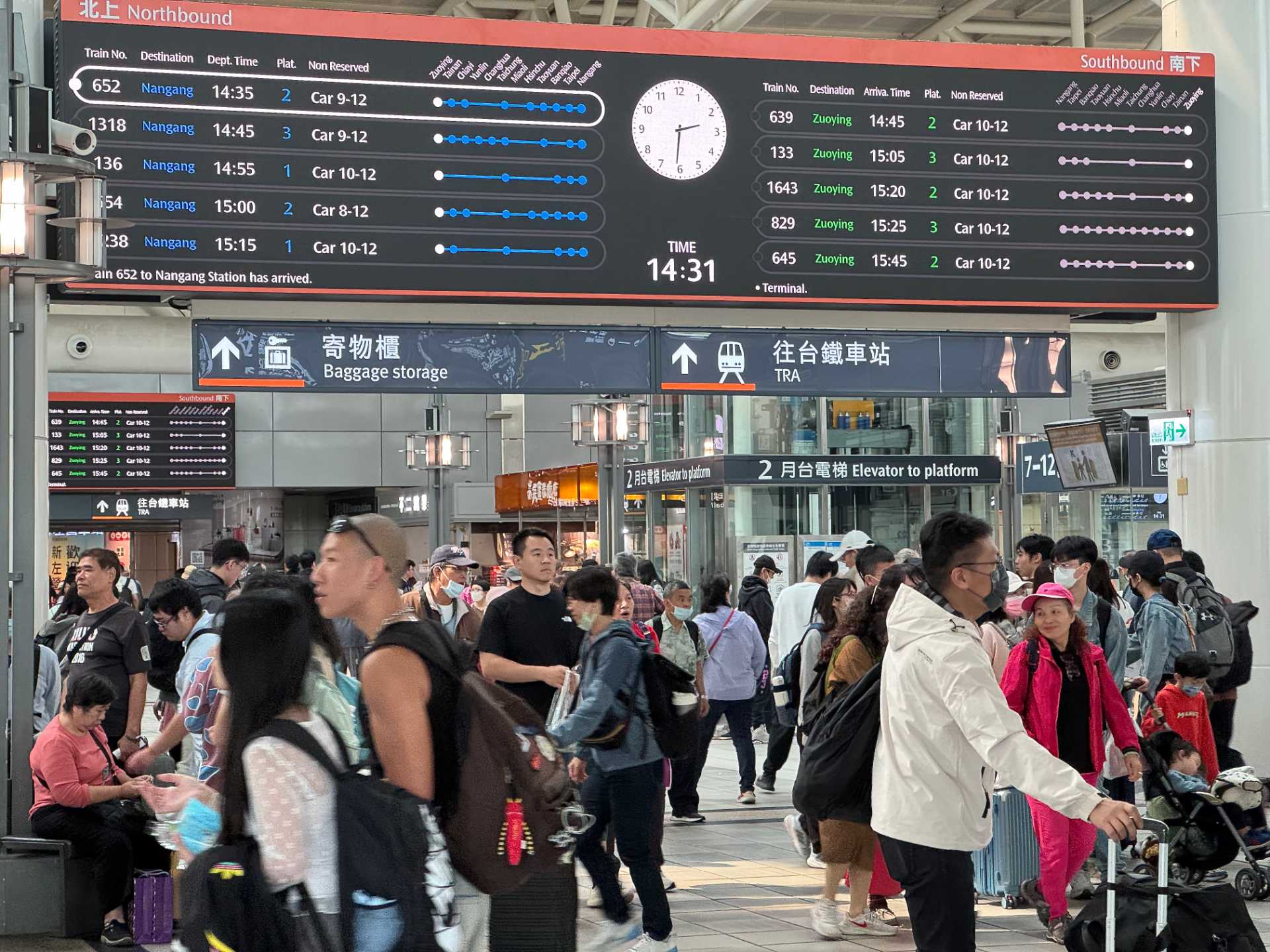
On the street outside, we registered our attendance with the tour organizers. Tickets were NT$1,099 (NZ$55) each.
I had to provide the organizers with my full name, date of birth, Alien Residence Card number, phone number, and email.
(This kind of extreme data collection is common in Taiwan. If you’re an aspiring identity thief, I suggest learning Chinese and relocating here ASAP.)
We were directed to one of three queues next to the road. As we stood in the middle of Group C, one of the organizers handed me a green sign, took my photo, retrieved the sign, and left.
No one else had their photo taken with a green sign.
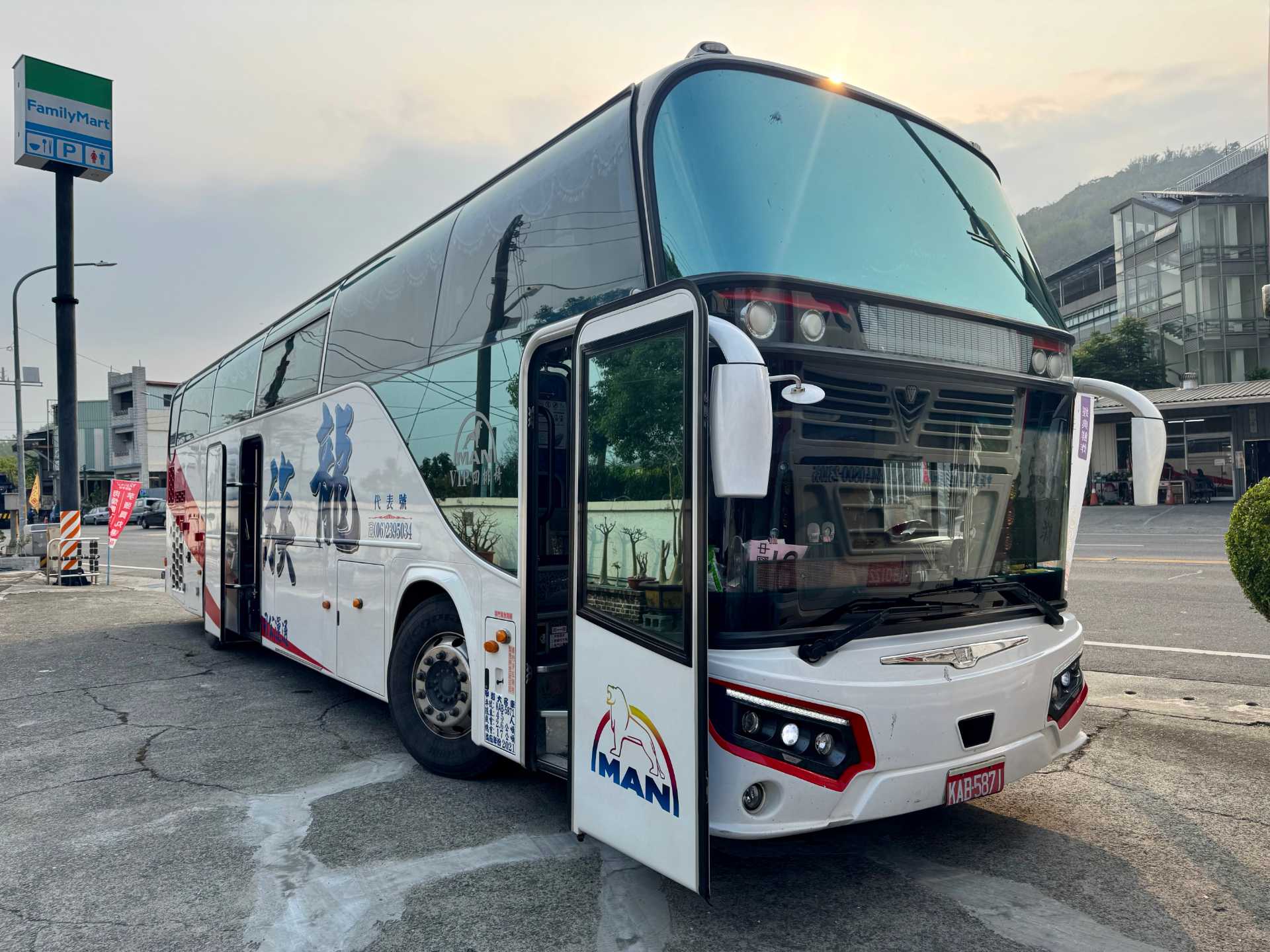
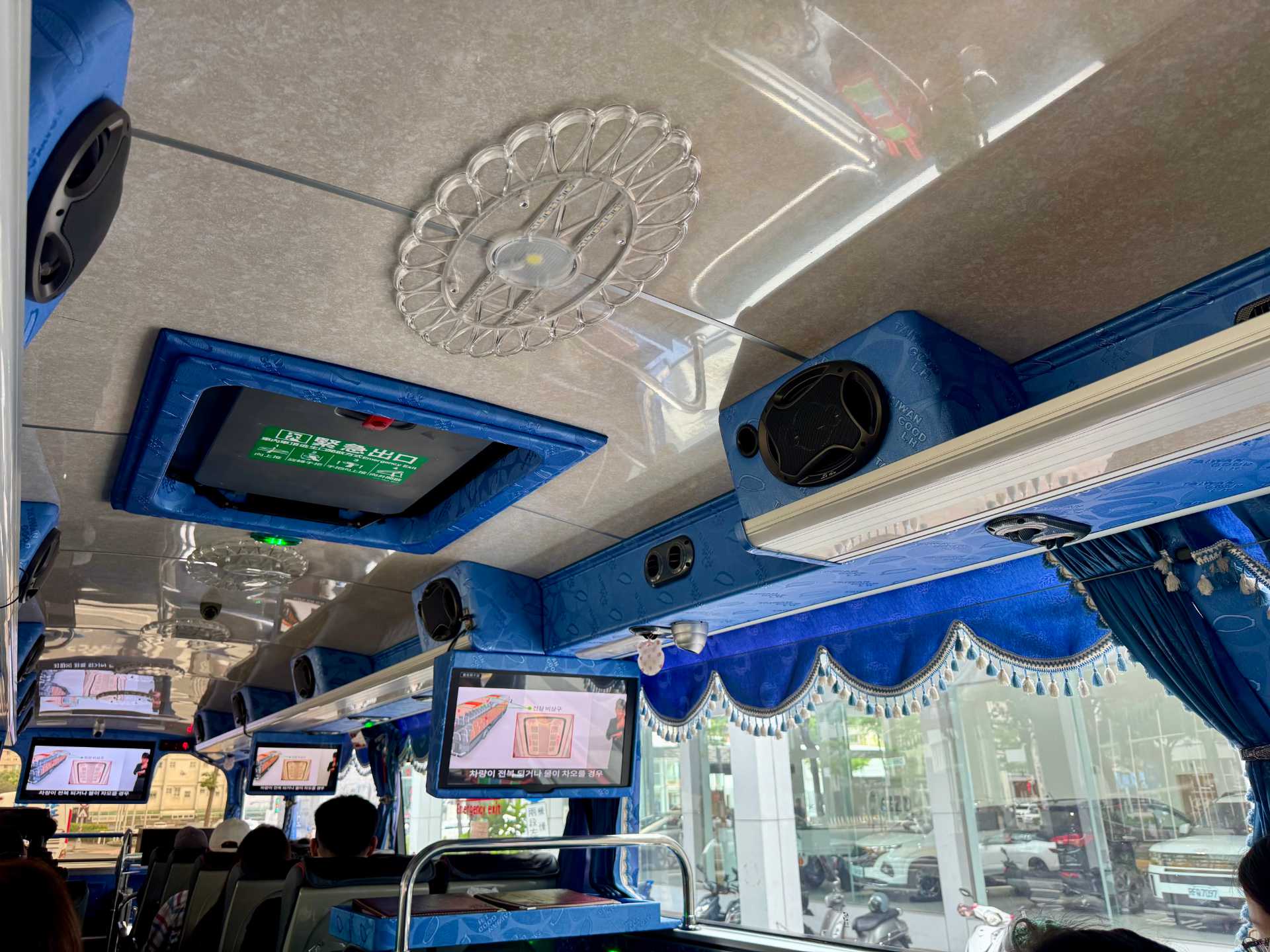
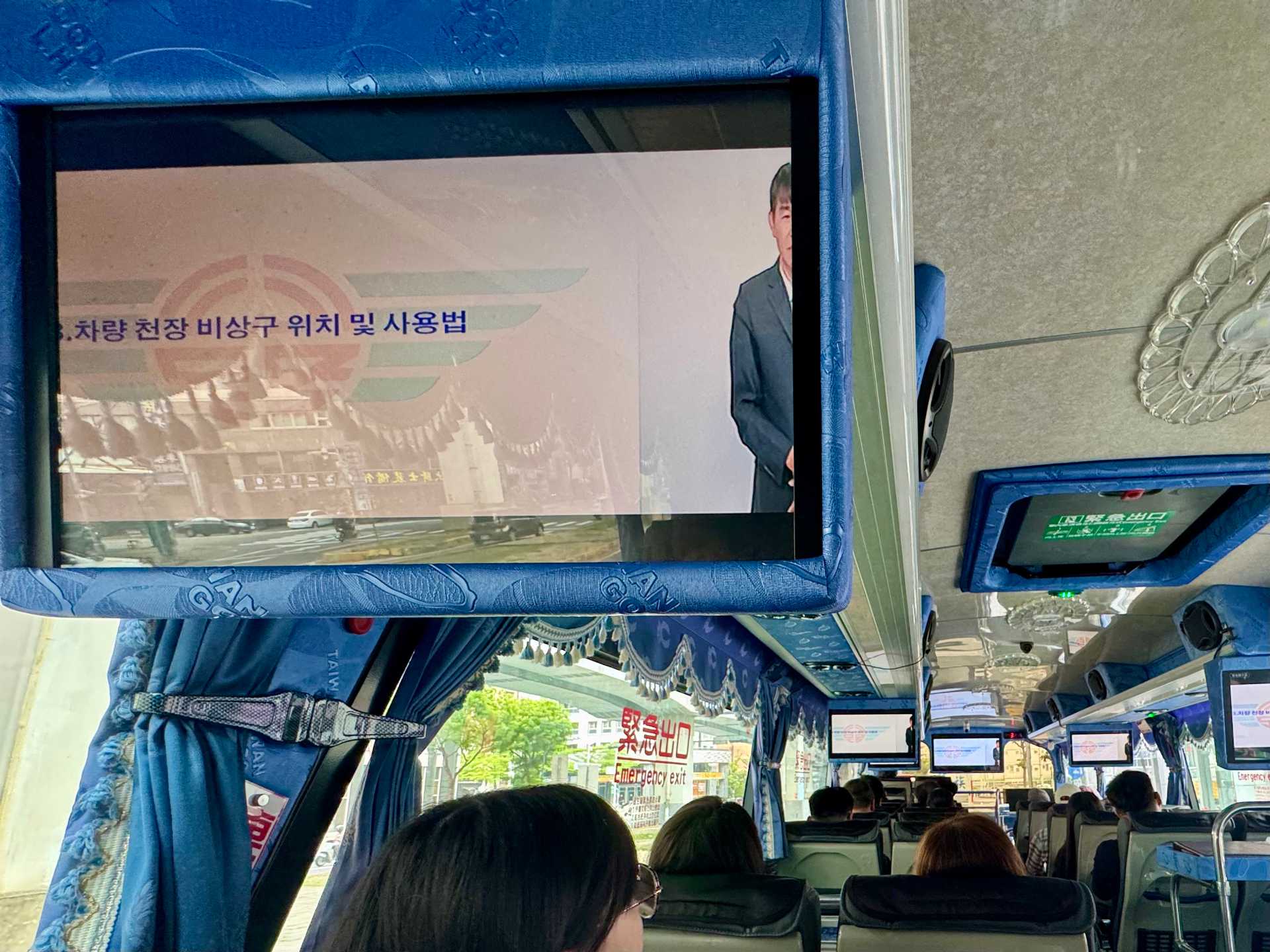

As we left the freeway and turned inland, our tour guide passed water bottles to the people in the front row, who handed them to the people behind them, and so on, all the way down the line. The person behind me said “thank you” in English.
At about 5:30pm, we arrived at Maya Village (瑪雅里) for dinner. We were given NT$100 (NZ$5) vouchers to use at the restaurants or food stalls.
I was eating vegetarian, but the smokey barbecues still smelt incredible.
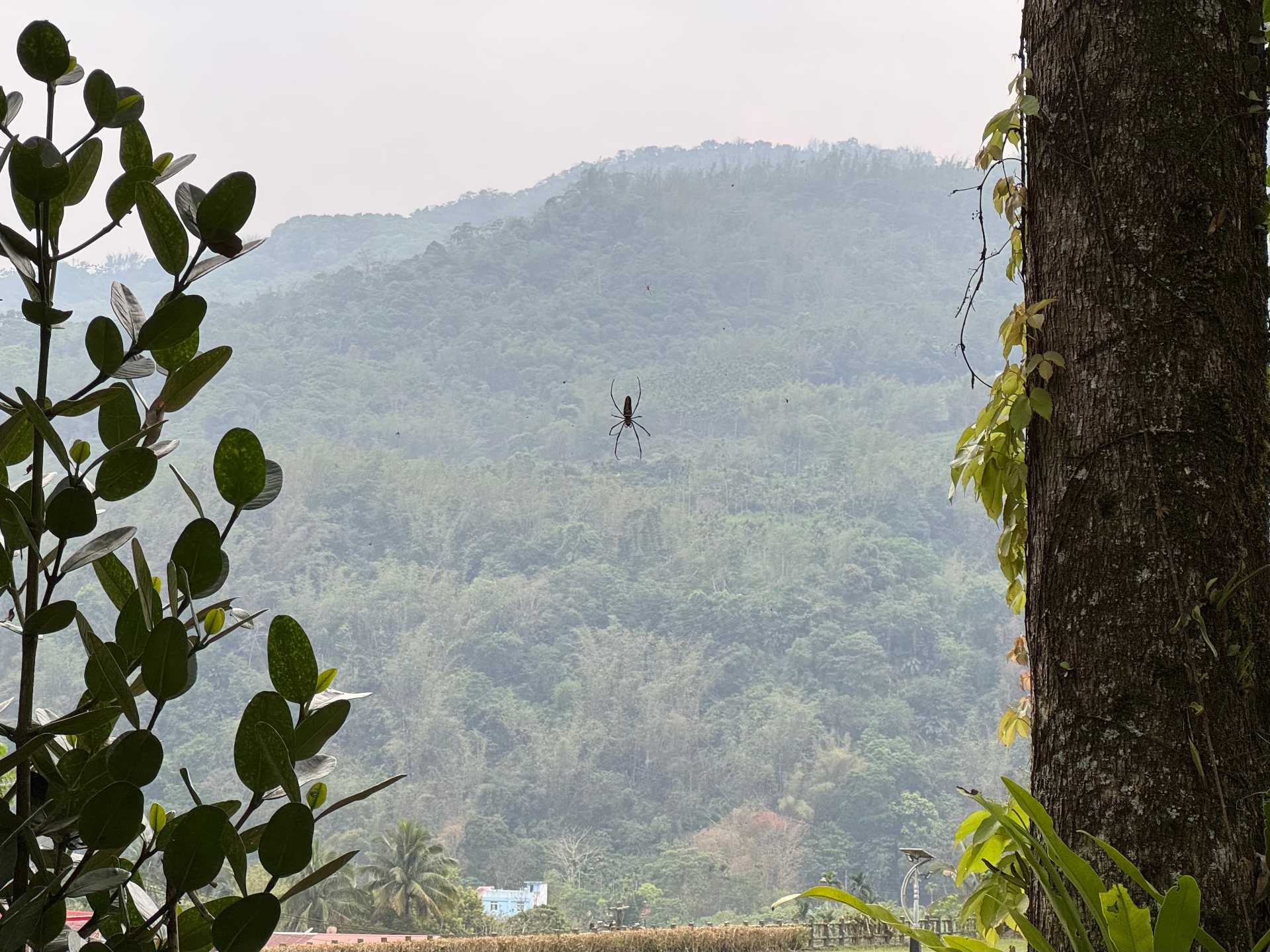
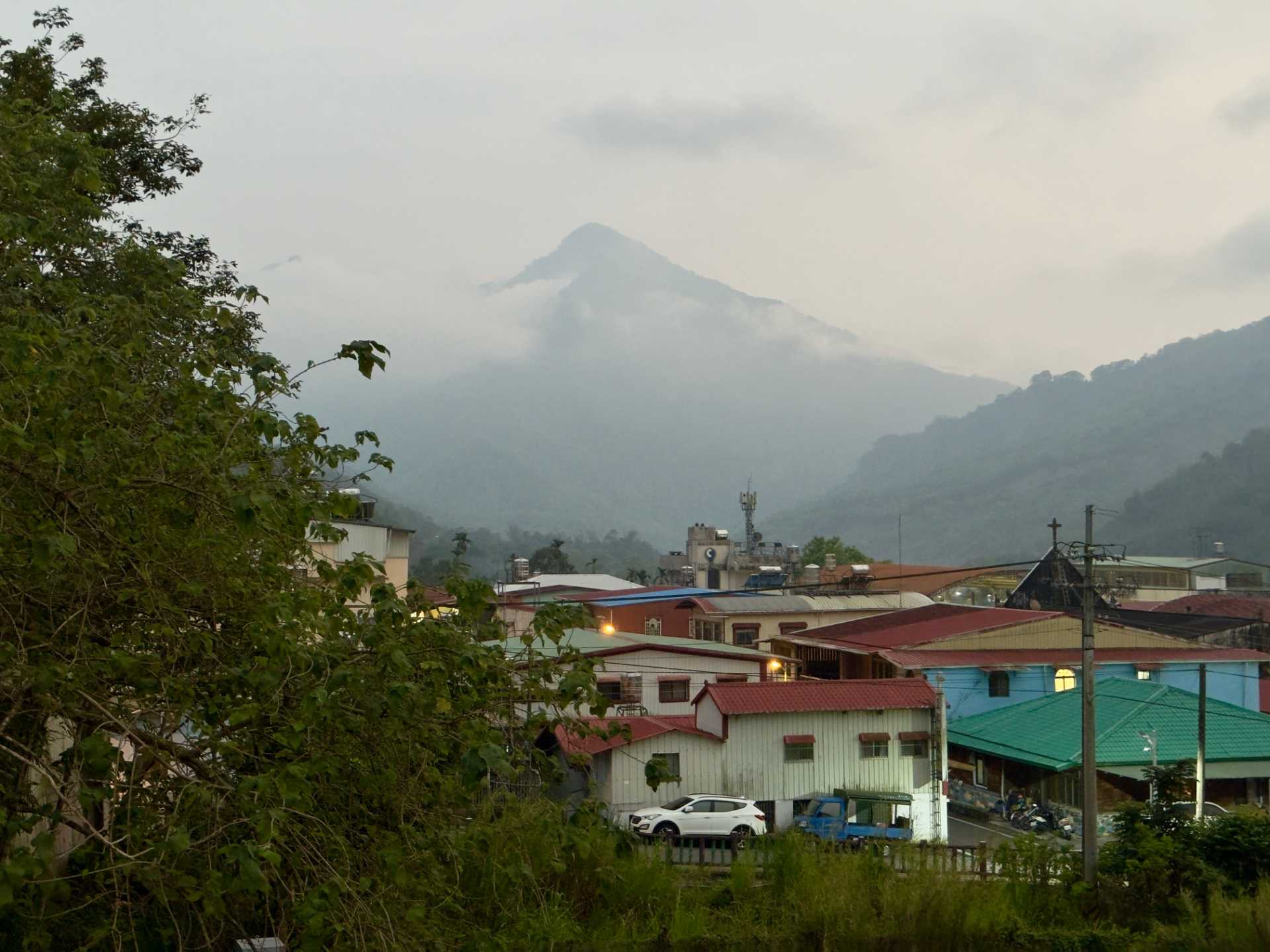
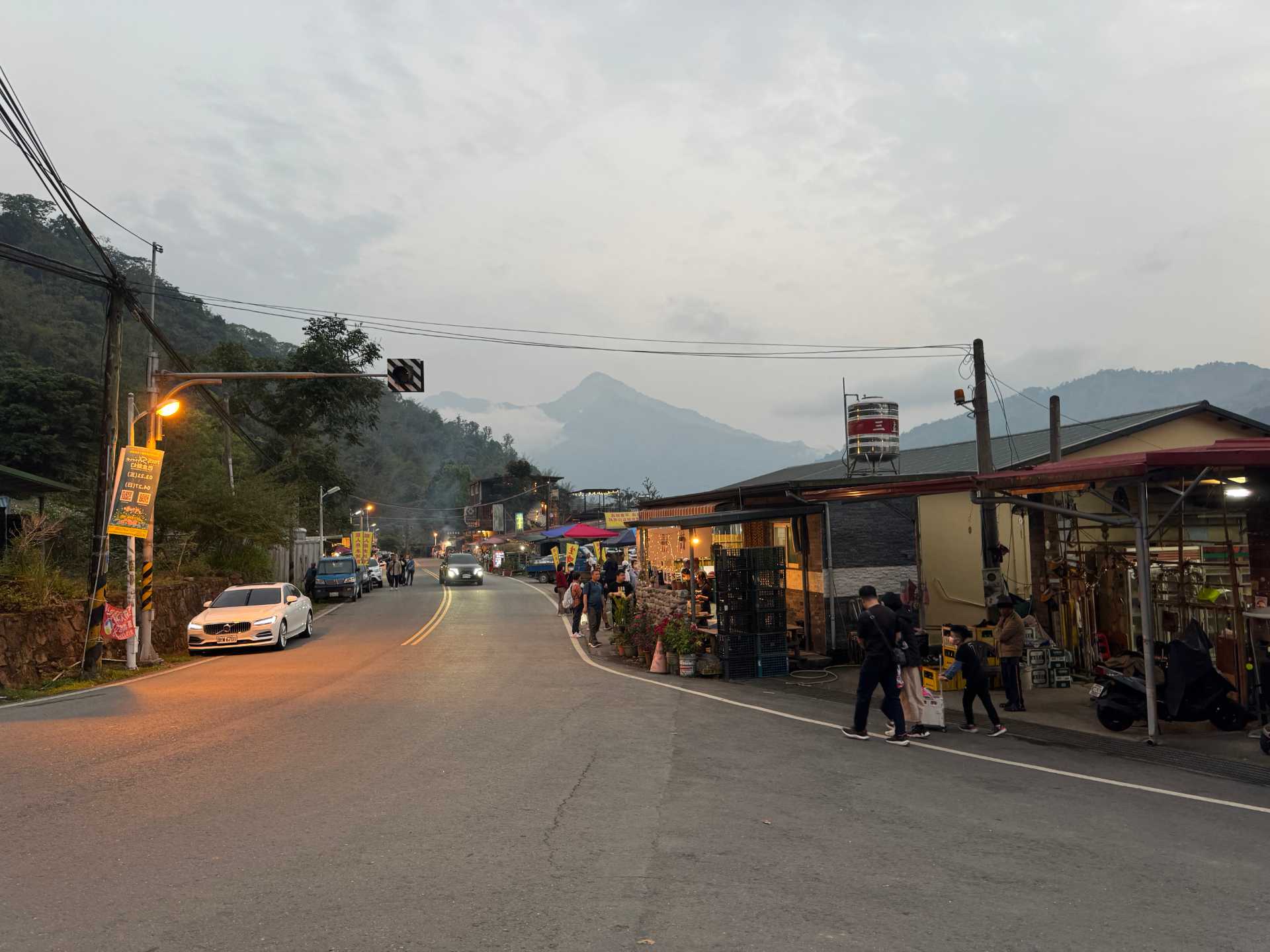
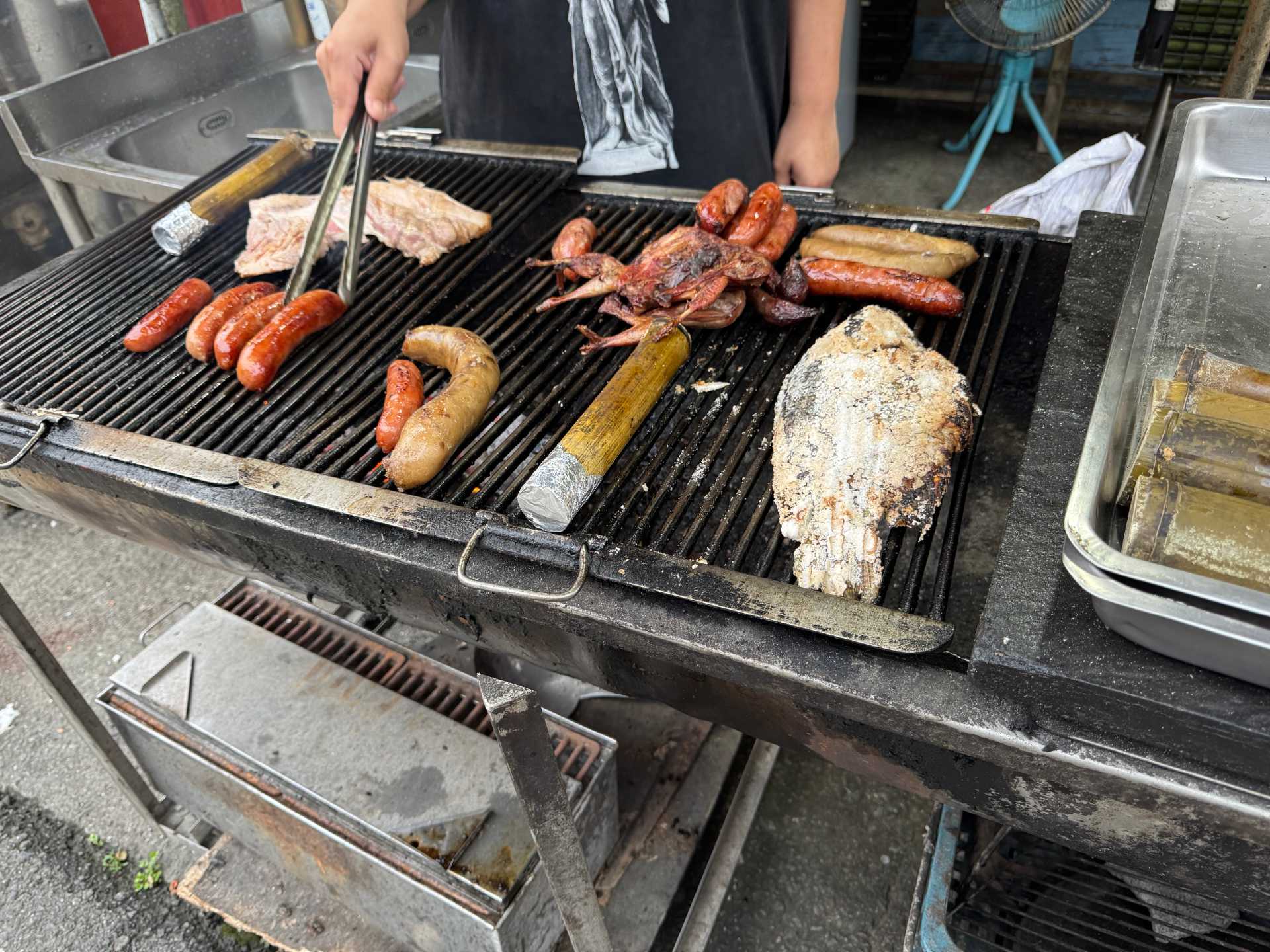
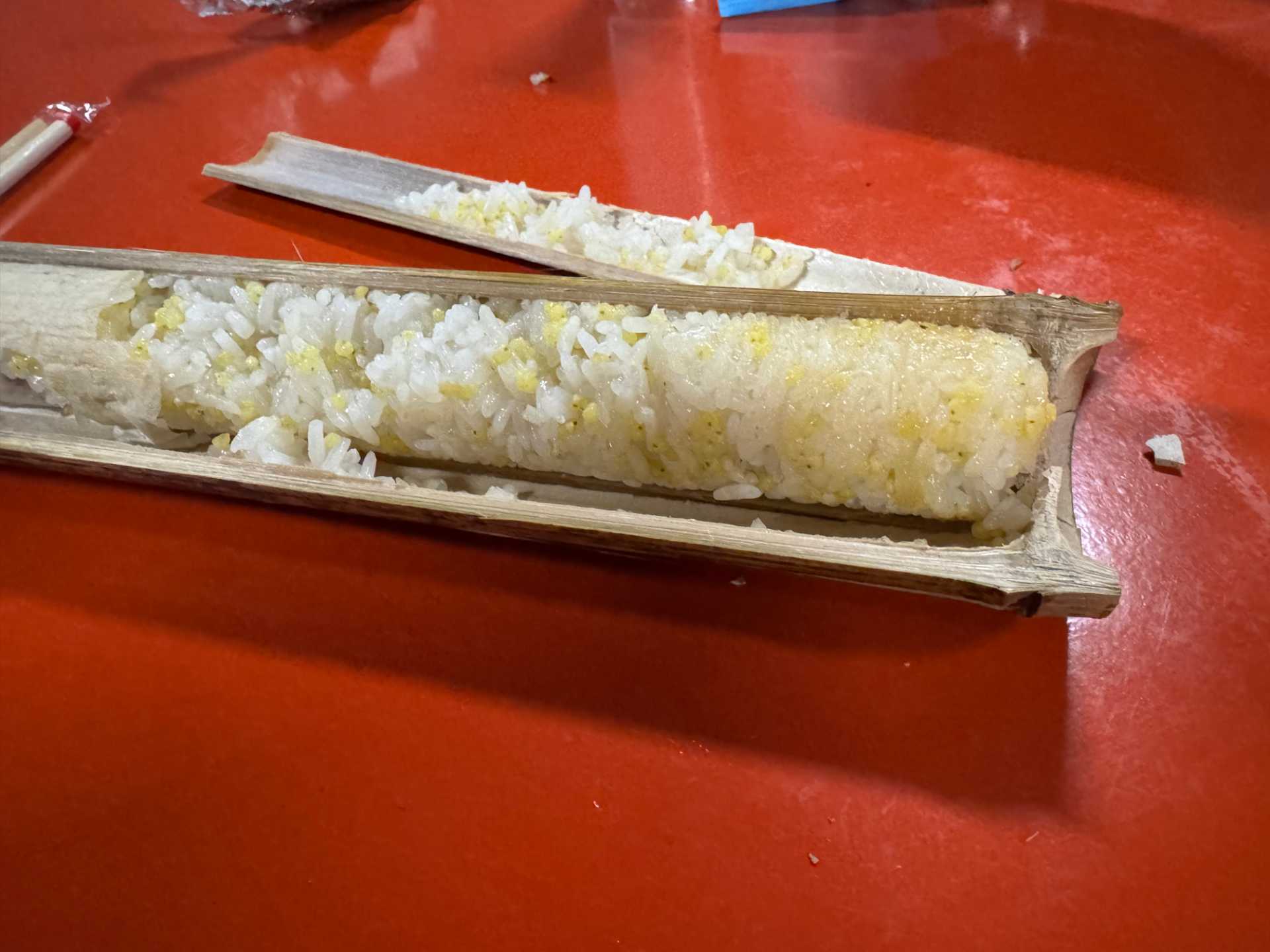
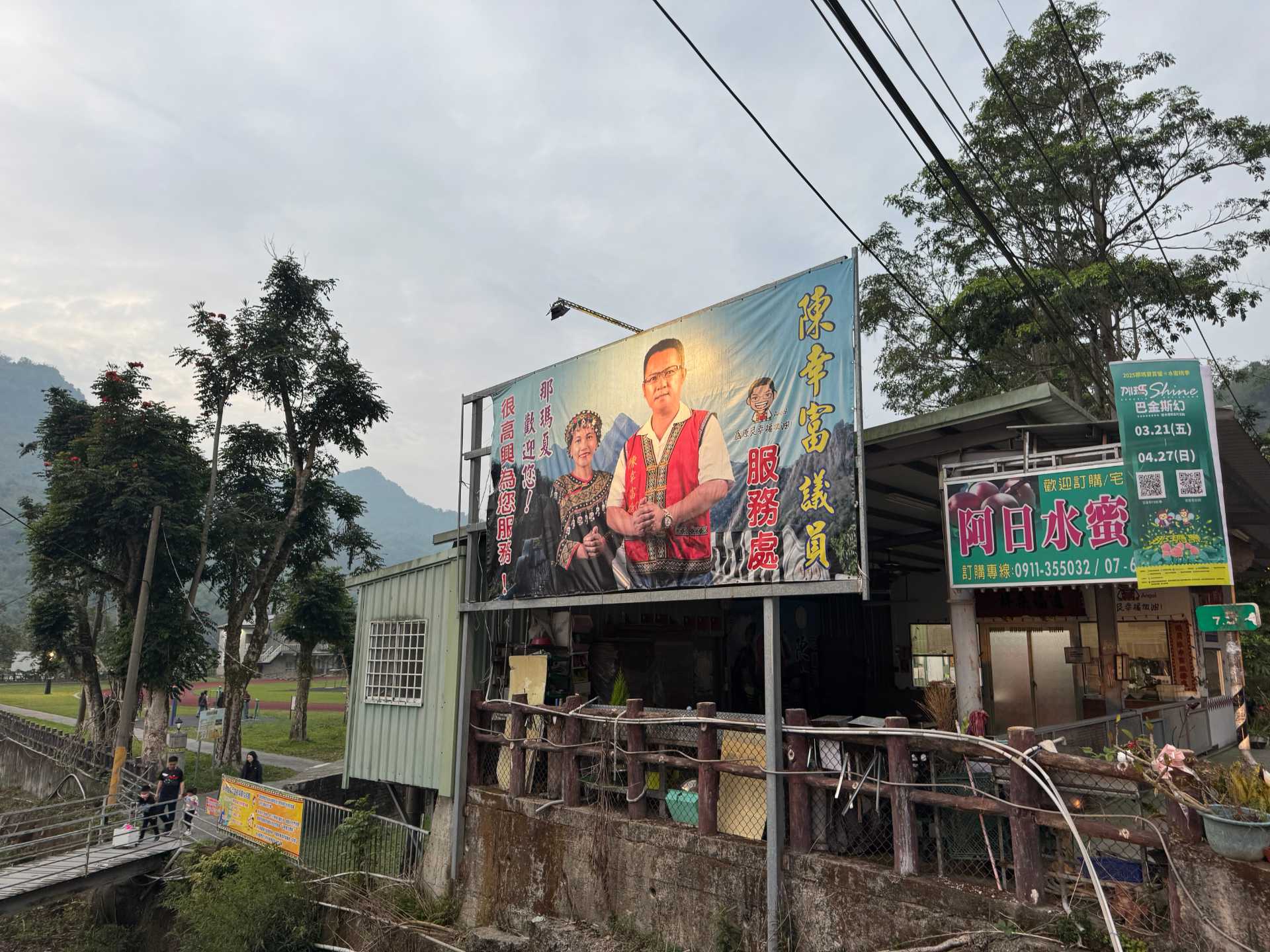

After buying a coffee and—like many others—making a bathroom stop at the junior high, we returned to the bus at 6:40pm.
Outside was dark.
Inside was disco:
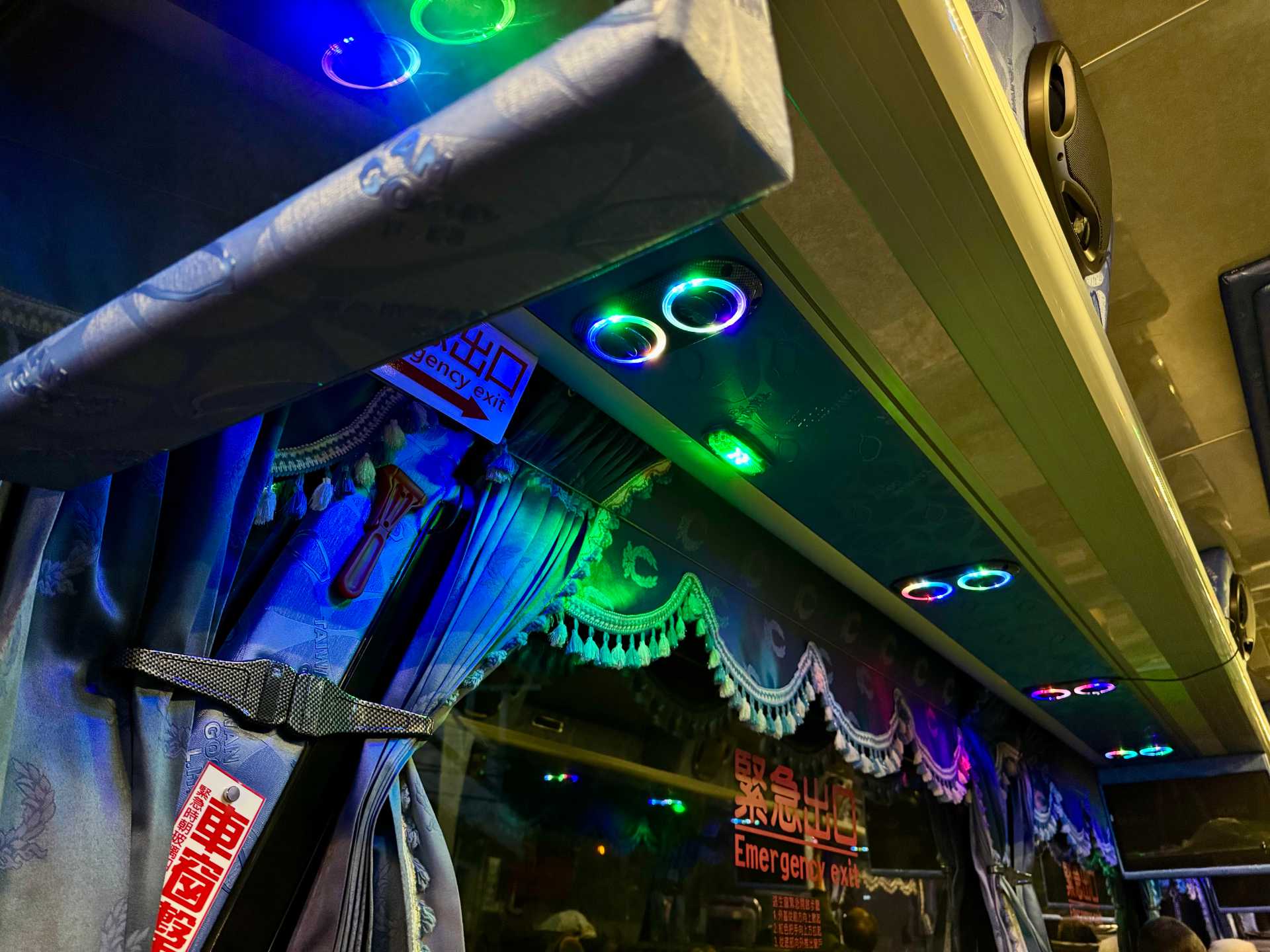
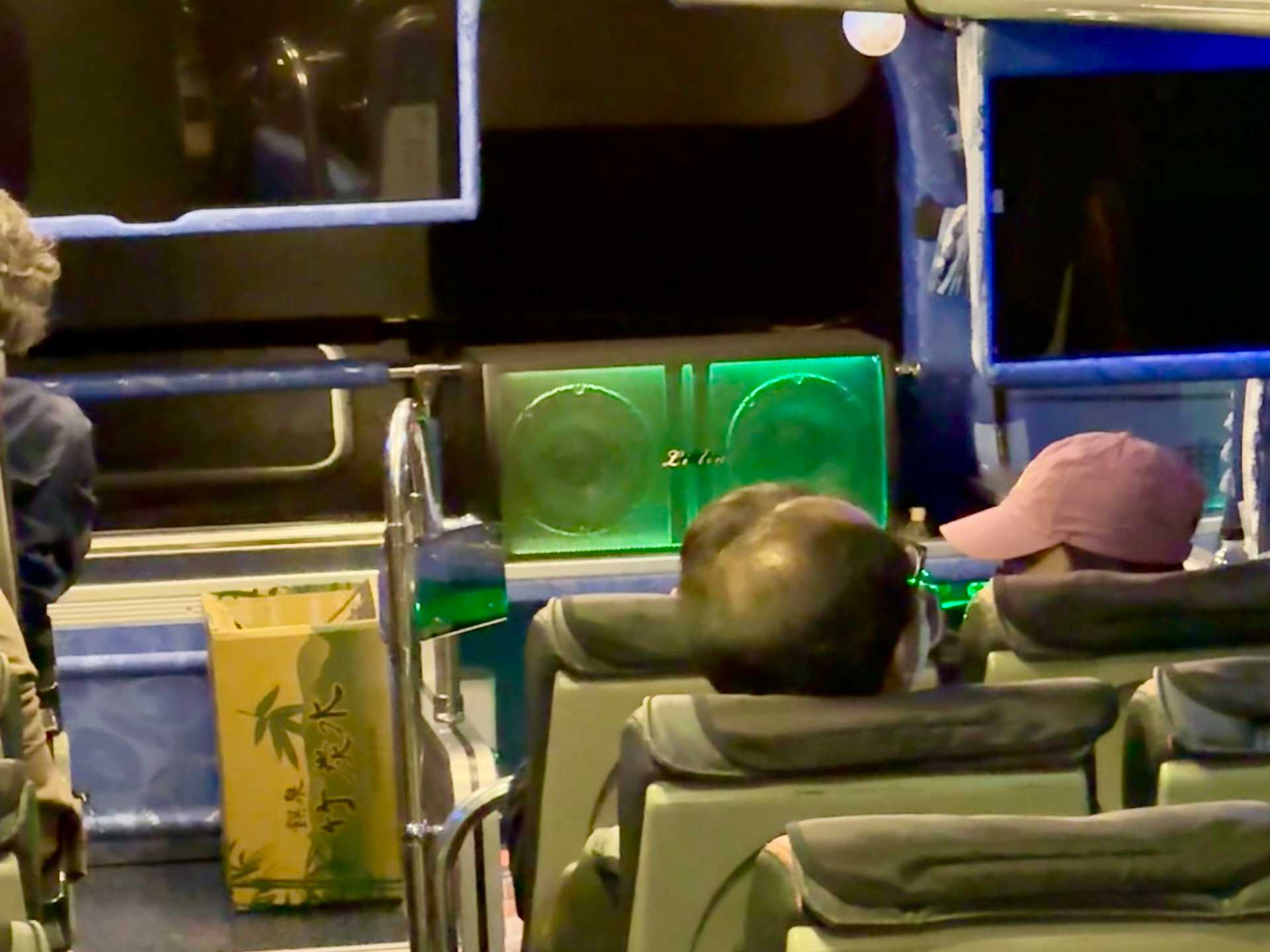
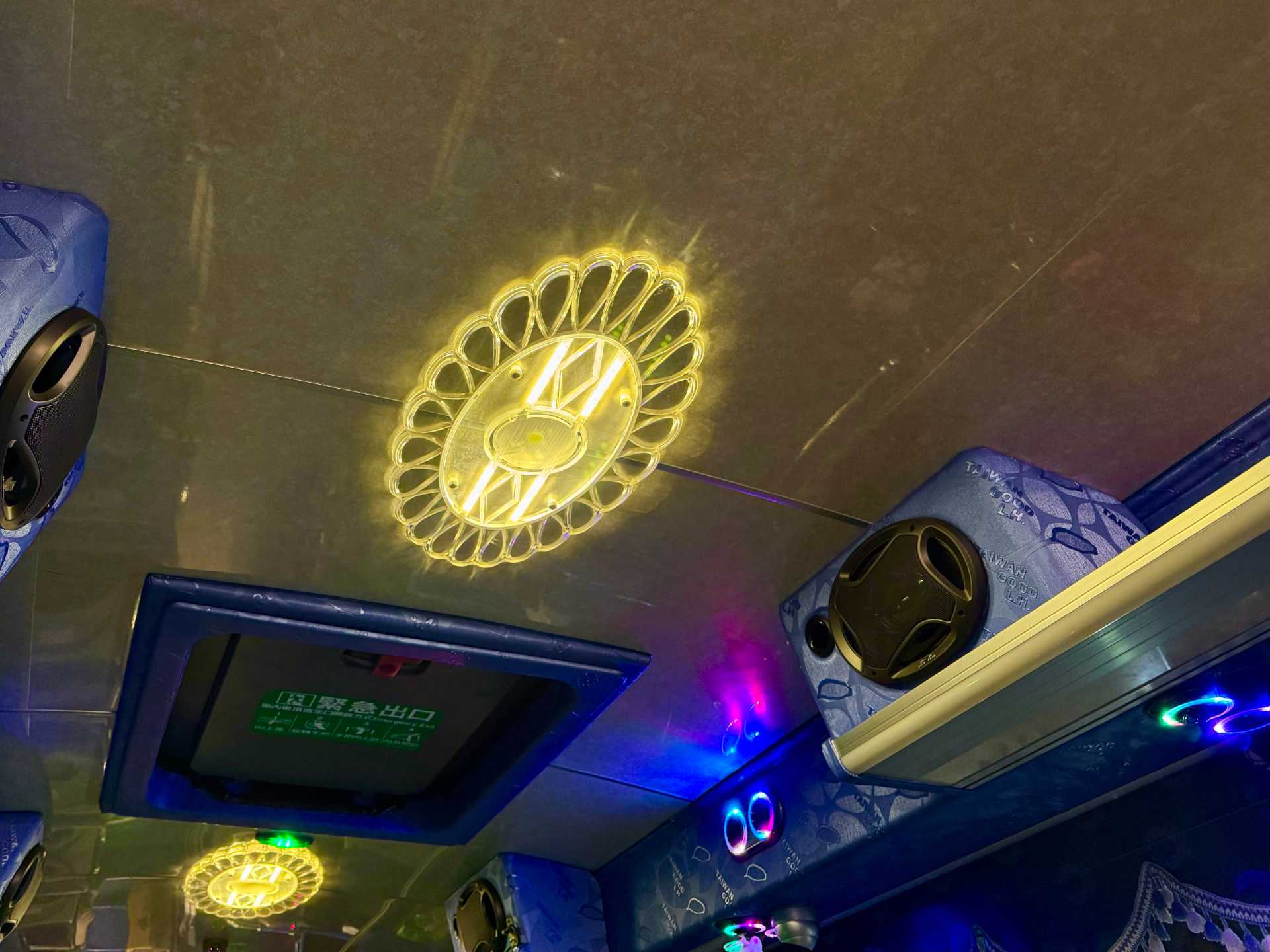
At 7:10pm, we finally arrived at the firefly viewing area. As our group of 100 climbed the path to the viewing space (which we were told not to leave, because of snakes), fireflies danced in the forest around us. If there had been 95 fewer people next to me, it would’ve been magical.
The crowd eventually started to thin, and my friend helped secure a spot in the front row. I set up my camera in the dark (no lights allowed), and got a couple of long exposures before we had to leave.
Then it was time for the two-and-a-half-hour ride home.
We didn’t have long in the forest but I’m extremely pleased I went. And pleased I saw something new.
After all, it’s not every day you get to experience five hours on a disco bus (and 30 minutes of fireflies).
